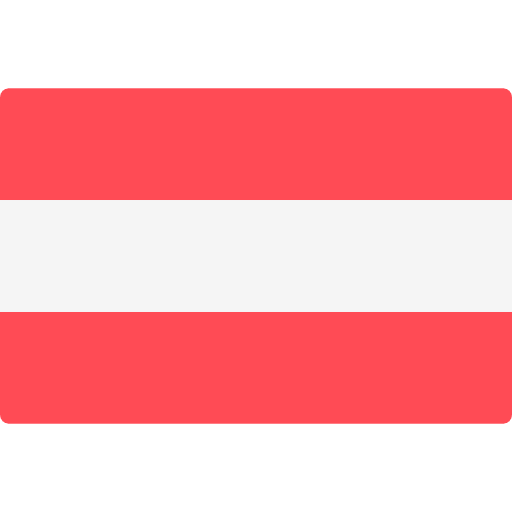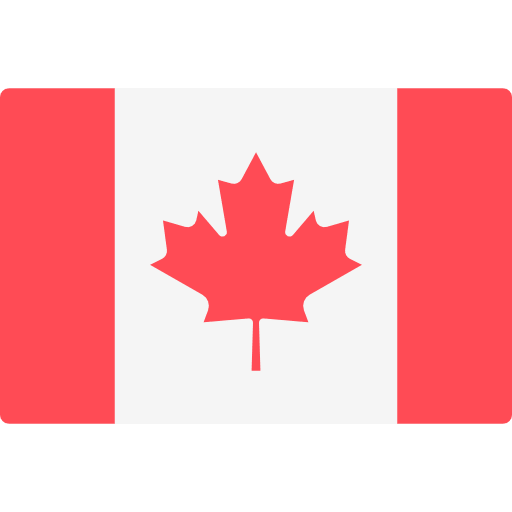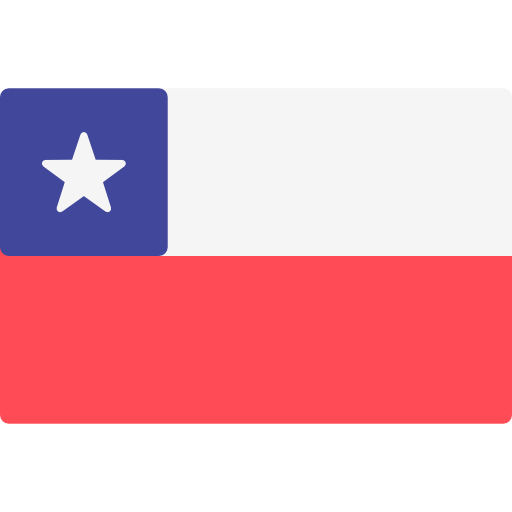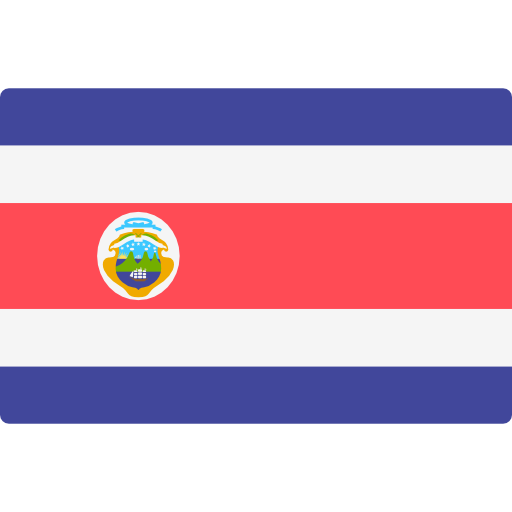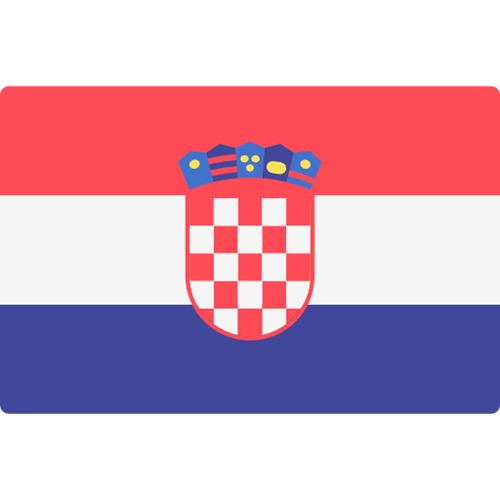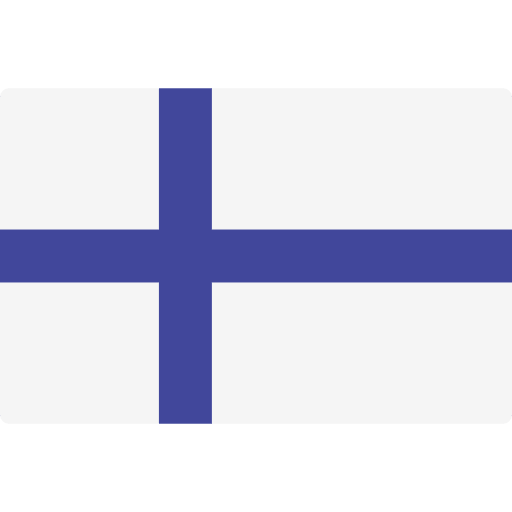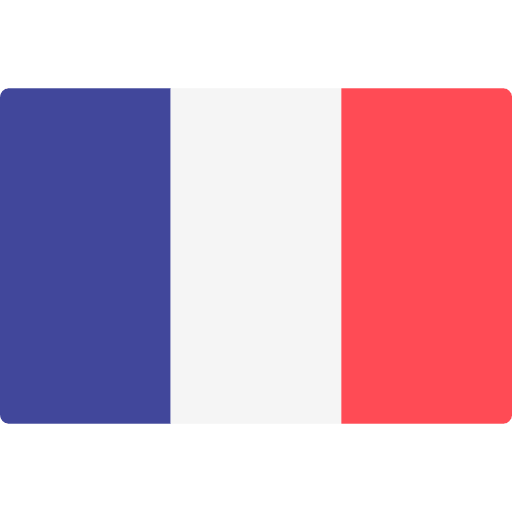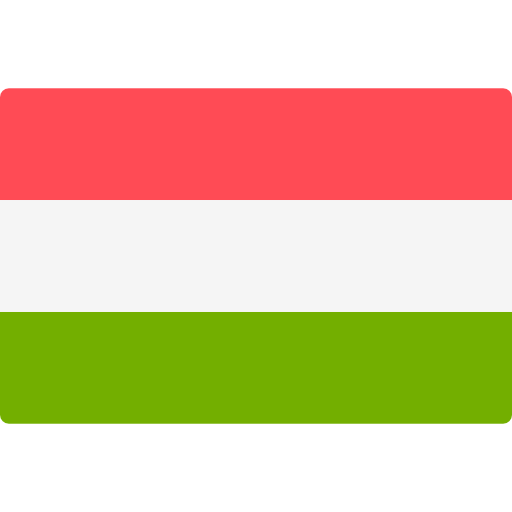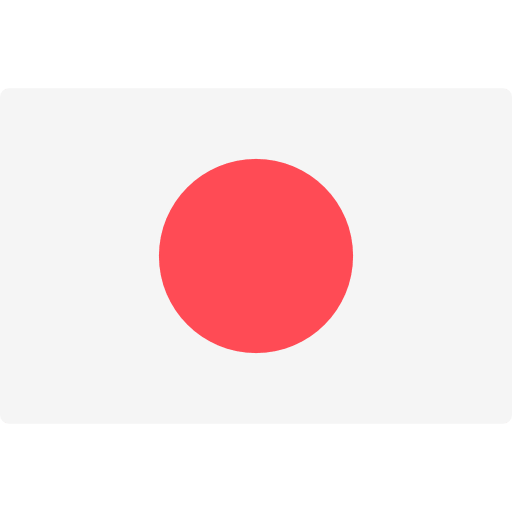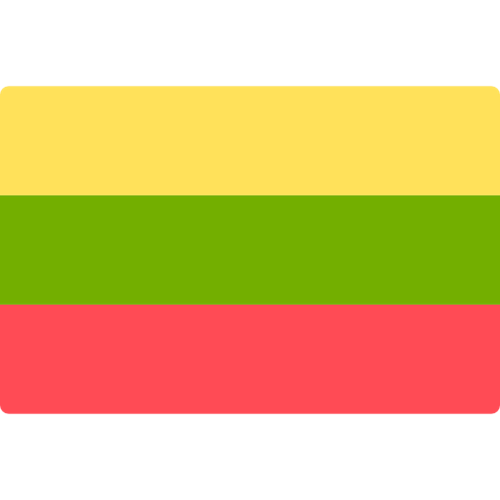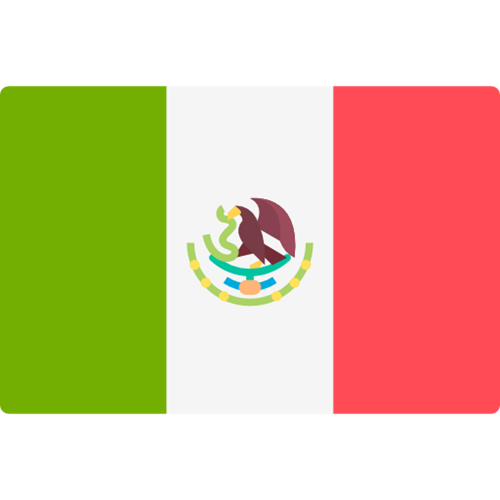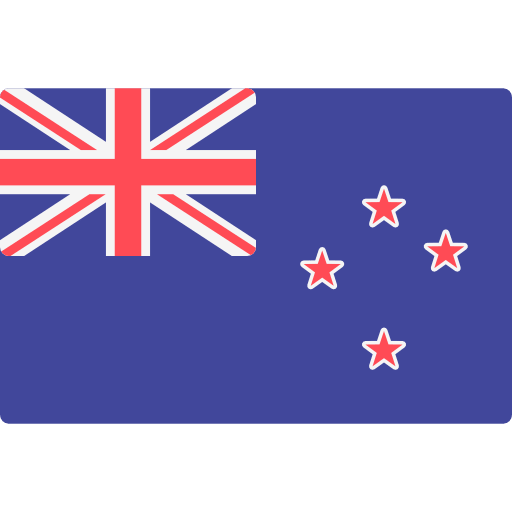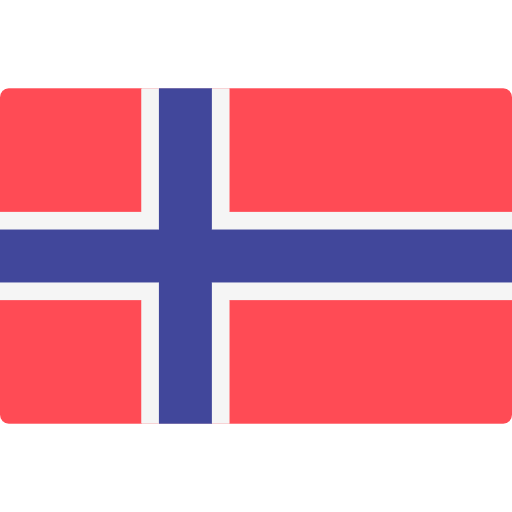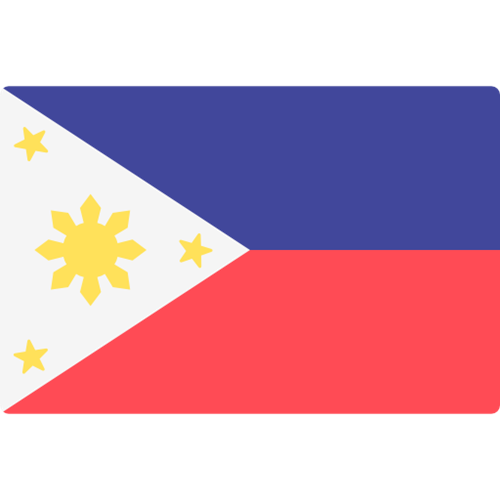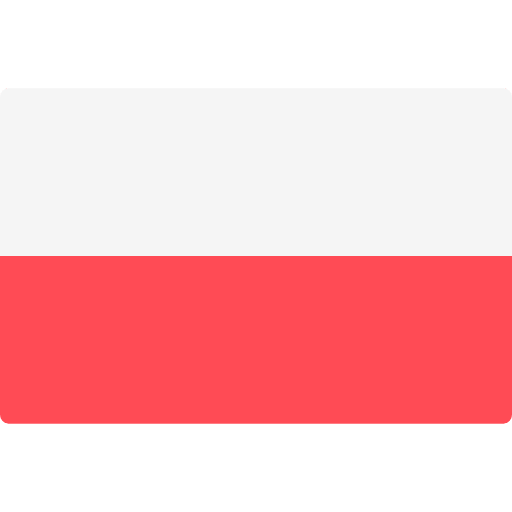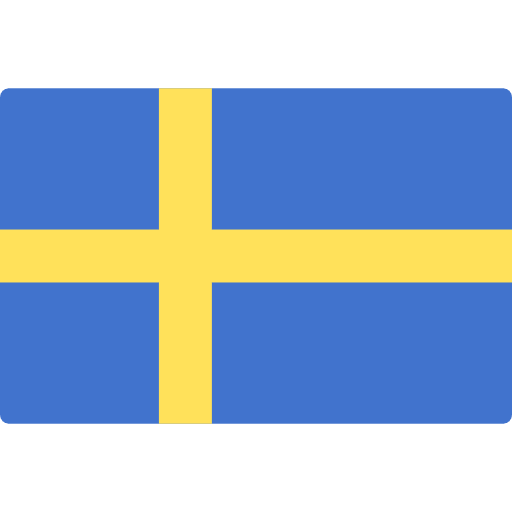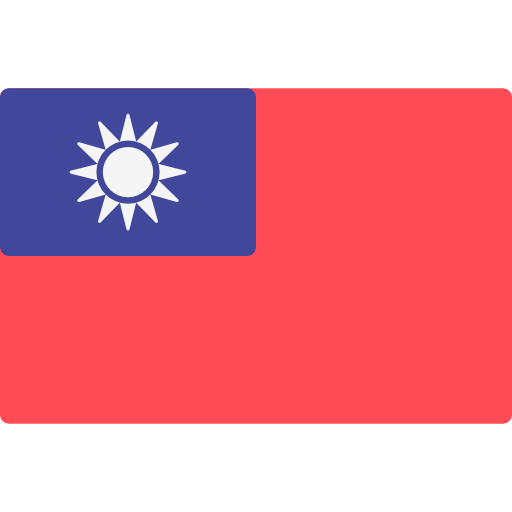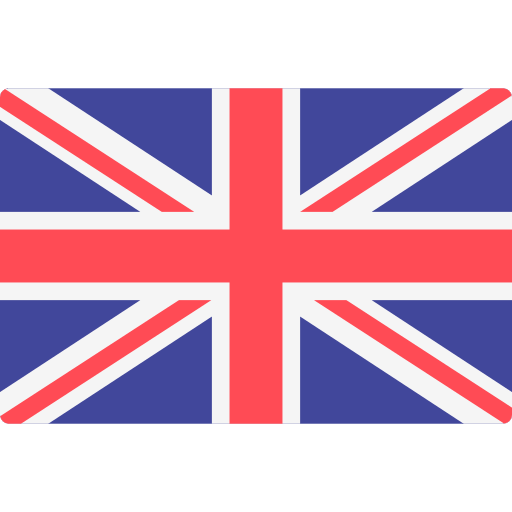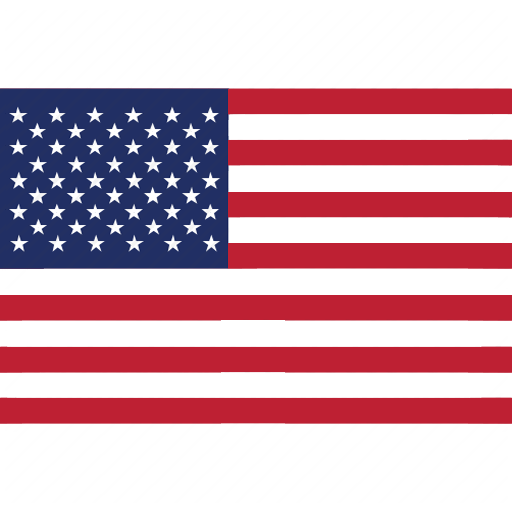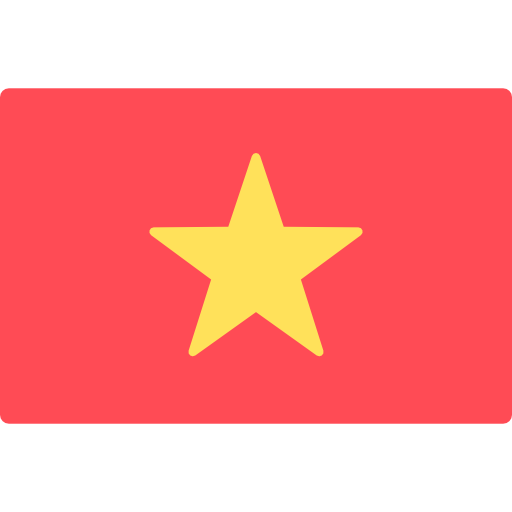Eurofins Softlines & Leather Monthly Bulletin (August 2025)


New requirements for PFOS, UV-238 and PFAS in the POP Regulation
In June and July 2025, the European Commission published several Delegated Regulations which amend Annexe I – Part A of Regulation (EU) 2019/1021 as regards persistent organic pollutants and substances as PFOS, EV-238 and PFAS.
Below is a summary table with relevant points related to these substances and their new requirements. It is not an exhaustive list.
|
Date |
Delegated regulation |
Substance |
Main changes |
Enter in force date |
||||
|
25 June 2025 |
Perfluorooctane sulfonic acid (PFOS), its salts and PFOS-related compounds C8F17SO2X
|
New limits:
|
17 July 2025 |
|||||
|
14 July 2025 |
Perfluorooctanoic acid (PFOA), its salts and PFOA-related compounds |
The following points are inserted in this entry:
|
3 August 2025 |
|||||
|
15 July 2025 |
2-(2H-benzotriazol-2-yl)-4,6-di-tert-pentylphenol (UV-328) |
This new entry has been added. The limits for substances, mixtures or articles are:
|
4 August 2025 |
|||||
| Note: To see all the changes and new requirements, please refer to the official publication in the links for each delegated regulations in this table. | ||||||||
European Initiative on unsold apparel and footwear
On 30 June 2025, the European Commission opened a consultation period related to exemptions from prohibiting the destruction of unsold apparel and footwear. The aim of this initiative is to specify these exemptions, supporting the implementation of the Ecodesign for Sustainable Products Regulation. It outlines criteria under which unsold products may still be destroyed, such as for safety, hygiene, irreparable damage, legal or technical unsuitability, or lack of viable donation options. It is open until 11 August 2025.
For more information, please visit the European Commission website here.
In 2023, the State of Minnesota passed HF 2310 (Chapter 60) to regulate intentionally added PFAS in various consumer product categories. On 14 June 2025, Minnesota passed SF 3, amending its PFAS law to clarify exemptions in product scope and application.
Key provisions of the original law (HF 2310)
- Phase I (effective 1 January 2025): Bans products with intentionally added PFAS in 11 specified categories, including:
- carpets/rugs
- cleaning products
- cookware
- cosmetics
- dental floss
- fabric treatments
- juvenile products
- menstruation products
- textile furnishings
- ski wax
- upholstered furniture
- Phase II (starting 1 January 2026): Requires manufacturer disclosure of PFAS use:
- Including names, CAS numbers, purposes, and amounts
- Phase III (effective 1 January 2032): Extends PFAS ban to all products, except those deemed a “currently unavoidable use” by rule; certain exemptions apply (e.g., FDA-regulated medical devices, firefighting foam, reused products)
Amendments under SF 3
- Expanded exemptions for Phase I (2025):
- "Intentionally added PFAS located only in electronic components or internal components" are now exempt from the 2025 ban, to be phased in later by 2032 if deemed avoidable or phased out.
- Juvenile product definition clarified to exclude children’s motor vehicles (e‑bikes, snowmobiles, ATVs) and their replacement parts.
Minnesota expands exemptions to state lead & cadmium ban
In 2023, the State of Minnesota originally enacted HF 2310 (Chapter 60), which banned the import, manufacture, sale, or distribution of the following 15 product categories containing lead over 90 ppm or cadmium over 75 ppm:
- Chalk, crayons, paints and other art supplies
- Clothing, footwear, headwear and accessories
- Cosmetics and personal care products
- Costumes, costume accessories and children’s and seasonal party supplies
- Craft supplies and jewellery-making supplies
- Cups, bowls and other food containers
- Fidget spinners
- Jewelry
- Keys, key chains and key rings
- Outdoor games
- Play sets and play structures
- Pots and pans
- Puzzles, board games, card games and similar games
- School supplies
- Toys
On 14 June 2025, Minnesota approved HF 4, introducing important exemptions to its lead and cadmium law, effective 15 June 2025.
Key newly exempted items
- Ink pens and mechanical pencils are no longer classified as “school supplies” under the statute.
- The term “paints” in the art supplies category is restricted to children’s paints only.
- Professional artist materials—such as oil-based and water-based paints, pastels, pigments, ceramic glazes, markers, and encaustics—are now excluded.
- Products containing lead only in internal solder are exempt until 1 July 2028, but manufacturers must submit biennial reports about alternatives and phase-out plans thereafter.
- Keys, key chains, and key rings with lead content are exempt if available before 1 July 2028. Even after that date, keys with at least 1.5% lead content remain permitted.
- Cast iron or steel pots and pans are exempt if lead is ≤90 ppm and cadmium is in the enamel, so long as the enamel does not come into contact with food.
Below you will find a monthly summary of product recalls and alerts in Europe (Source “Safety Gate (RAPEX)”) and the United Kingdom (Source “OPSS”).
Safety Gate (RAPEX) (European Commission Rapid Alert System for dangerous non-food products – Alerts reported by EU national authorities)
The following 4 alerts regarding clothing, textile and fashion items were reported between week 24 and week 27 of 2025.
|
Type of Risk |
Number of alerts |
Notes |
|
Chemical |
1 |
Children's sleepers The plastic material of the product has an excessive concentration of benzyl butyl phthalate (BBP). The product does not comply with the REACH Regulation. |
|
Choking |
1 |
Children's cap A button can easily detach from the product, creating a small part. The product does not comply with the General Product Safety Regulation or EN 17394-3. |
|
1 |
Babies' clothing set Small parts (buttons) can be easily detached from the product. The product does not comply with the General Product Safety Regulation. |
|
|
Injuries |
1 |
Children's dress The product bears functional cords (decorative ribbons) with free ends and toggles in the waist area. The product does not comply with the General Product Safety Directive or EN 14682. |
Office for Product Safety and Standards (OPSS) issues Product Safety Alerts to the U.K. market. The following 6 alerts regarding clothing, textile, and fashion item was issued between week 24 and week 27 of 2025.
|
Hazard |
Number of alerts |
Notes |
|
Choking |
1 |
Jumpsuit The push buttons in the leg opening may become loose or detach after a short period of use. If a young child were to place the detached button into their mouth. The product does not meet the General Product Safety Regulations 2005. |
|
1 |
Headwear The product presents a risk of choking as the button on the cap can detach. The product does not meet the General Product Safety Regulations 2005. |
|
|
Injuries
|
1 |
Clothing set The cord supplied with the shorts is too long. A child could become tangled or trapped in the cord. The product does not meet the General Product Safety Regulations 2005. |
|
1 |
Rompers The product presents a risk of injuries as some of the zips have sharp edges. This may lead to babies becoming scratched and injured during use. The product does not meet the General Product Safety Regulations 2005. |
|
|
Entrapment and strangulation |
1 |
Beach/Swim wear The products present a risk of entrapment and strangulation due to the length of the functional draw cords. The products do not meet the General Product Safety Regulations 2005. |
|
Suffocation |
1 |
Knitted swaddle bed It features a hood and no arm openings, which is not permitted in the relevant standard, BS EN 16781:2018. If a baby is placed inside the hooded swaddle and left unattended, the baby’s natural movement may cause the hood to cover their head/face. The product does not meet the General Product Safety Regulations 2005. |


